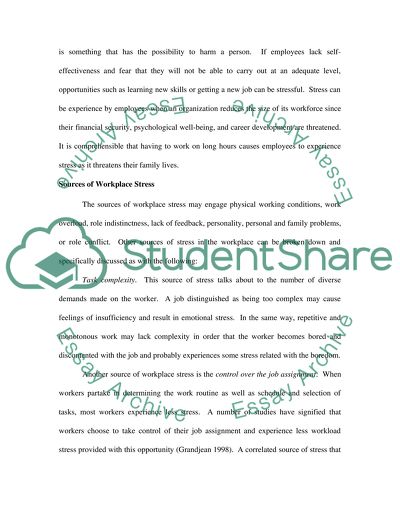Cite this document
(“Applied Business Psychology Essay Example | Topics and Well Written Essays - 2000 words”, n.d.)
Retrieved from https://studentshare.org/psychology/1512459-applied-business-psychology
Retrieved from https://studentshare.org/psychology/1512459-applied-business-psychology
(Applied Business Psychology Essay Example | Topics and Well Written Essays - 2000 Words)
https://studentshare.org/psychology/1512459-applied-business-psychology.
https://studentshare.org/psychology/1512459-applied-business-psychology.
“Applied Business Psychology Essay Example | Topics and Well Written Essays - 2000 Words”, n.d. https://studentshare.org/psychology/1512459-applied-business-psychology.


